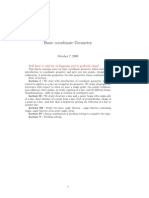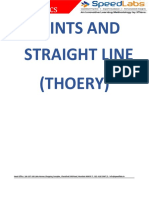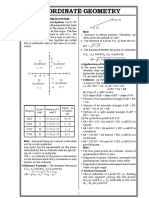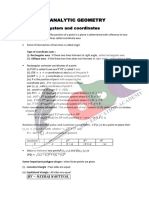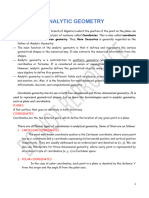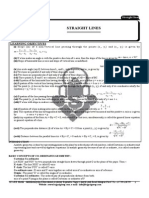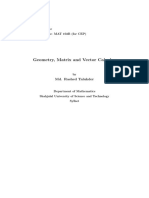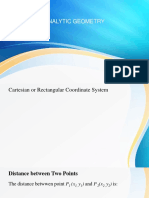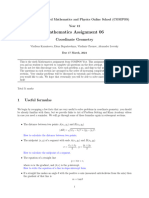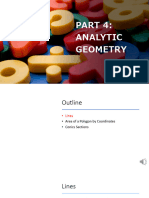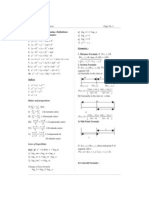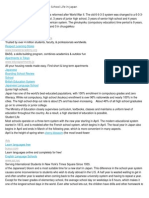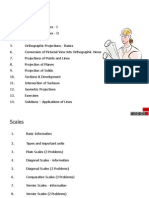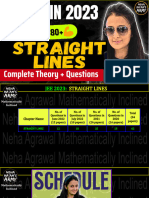0% found this document useful (0 votes)
5 views9 pagesCoordinate Geometry - Comprehensive Notes (Detailed Explanations, Derivations, and Key Techniques)
....
Uploaded by
devimahato28Copyright
© © All Rights Reserved
We take content rights seriously. If you suspect this is your content, claim it here.
Available Formats
Download as PDF, TXT or read online on Scribd
0% found this document useful (0 votes)
5 views9 pagesCoordinate Geometry - Comprehensive Notes (Detailed Explanations, Derivations, and Key Techniques)
....
Uploaded by
devimahato28Copyright
© © All Rights Reserved
We take content rights seriously. If you suspect this is your content, claim it here.
Available Formats
Download as PDF, TXT or read online on Scribd
/ 9
